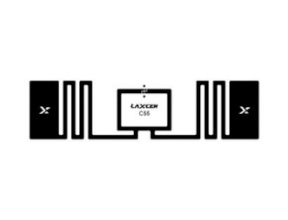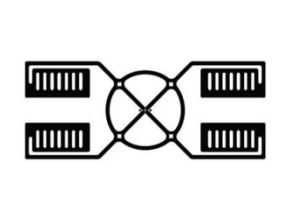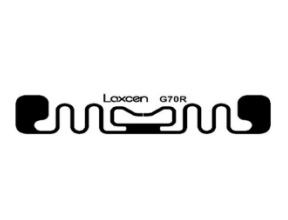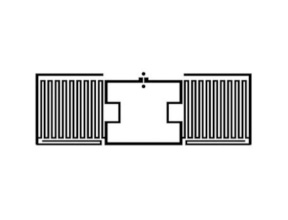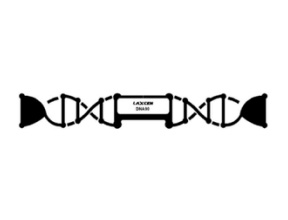1. EPC coding standards
2. The EPC tags
3. The EPC code
4. The EPC code
5. SavantTM Neural Network Software
6. Naming Service in Object Naming Service (ONS)
7. Naming Service in Object Naming Service (ONS)
| Common chips: | NXP U7\U8、Alien H3\H4、Impinj M4\M5\R6, etc | ||
| Working frequency: | 860-960 MHz | Meet the standard: | ISO 18000-6C |
| Memory capacity: | 96bit、128bit、512bit,4bytes /64 blocks | Read-write distance: | 3~10m (with different antennas) |
| Working mode: | R/W(Operating temperature) | Operating temperature: | -20℃~+60℃ |
| with different antennas: | <60 km/h | Anti-collision mechanism: | suitable for multi-tag reading |
| suitable for multi-tag reading: | > 10 years | Reads and writes: | 100000times |

